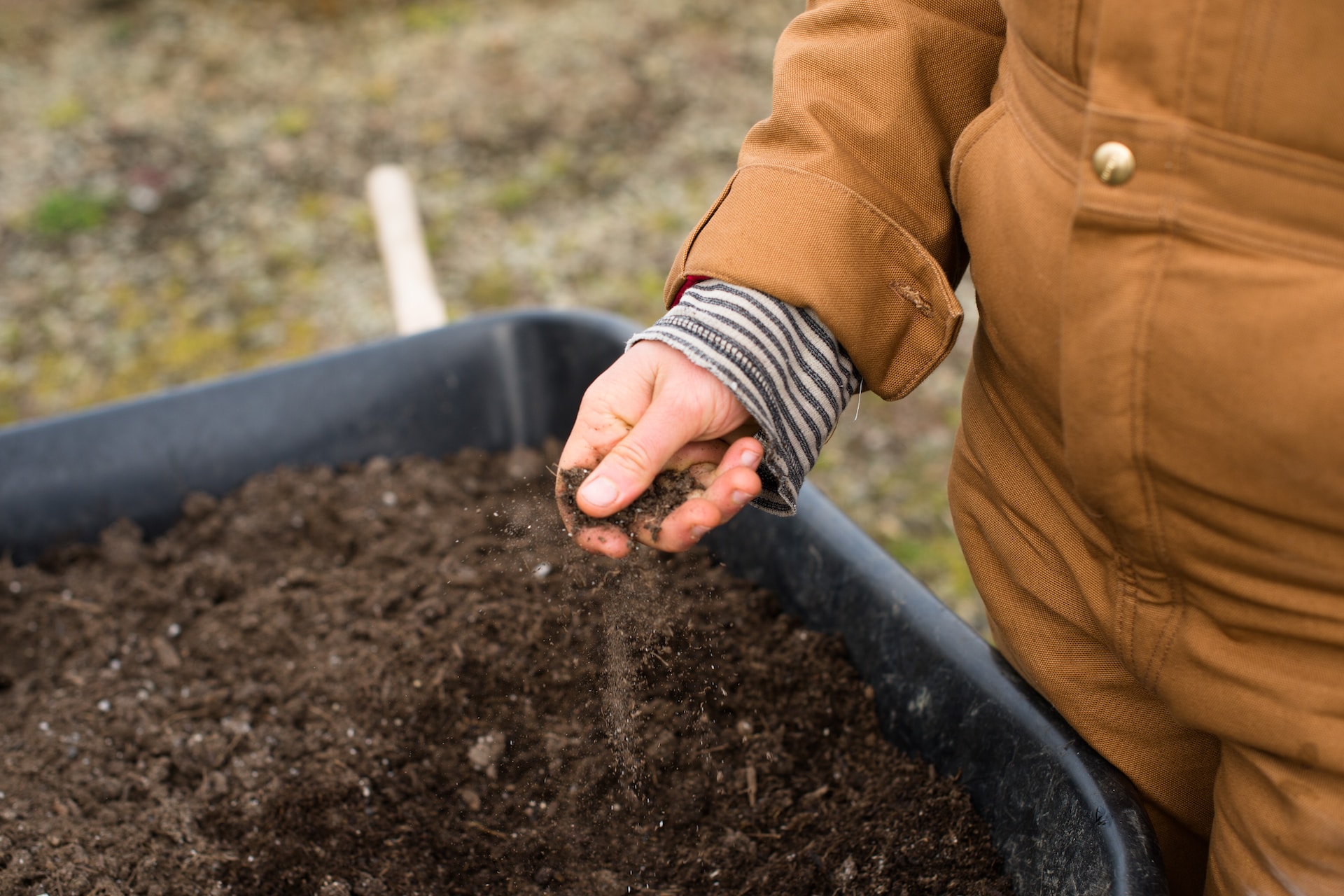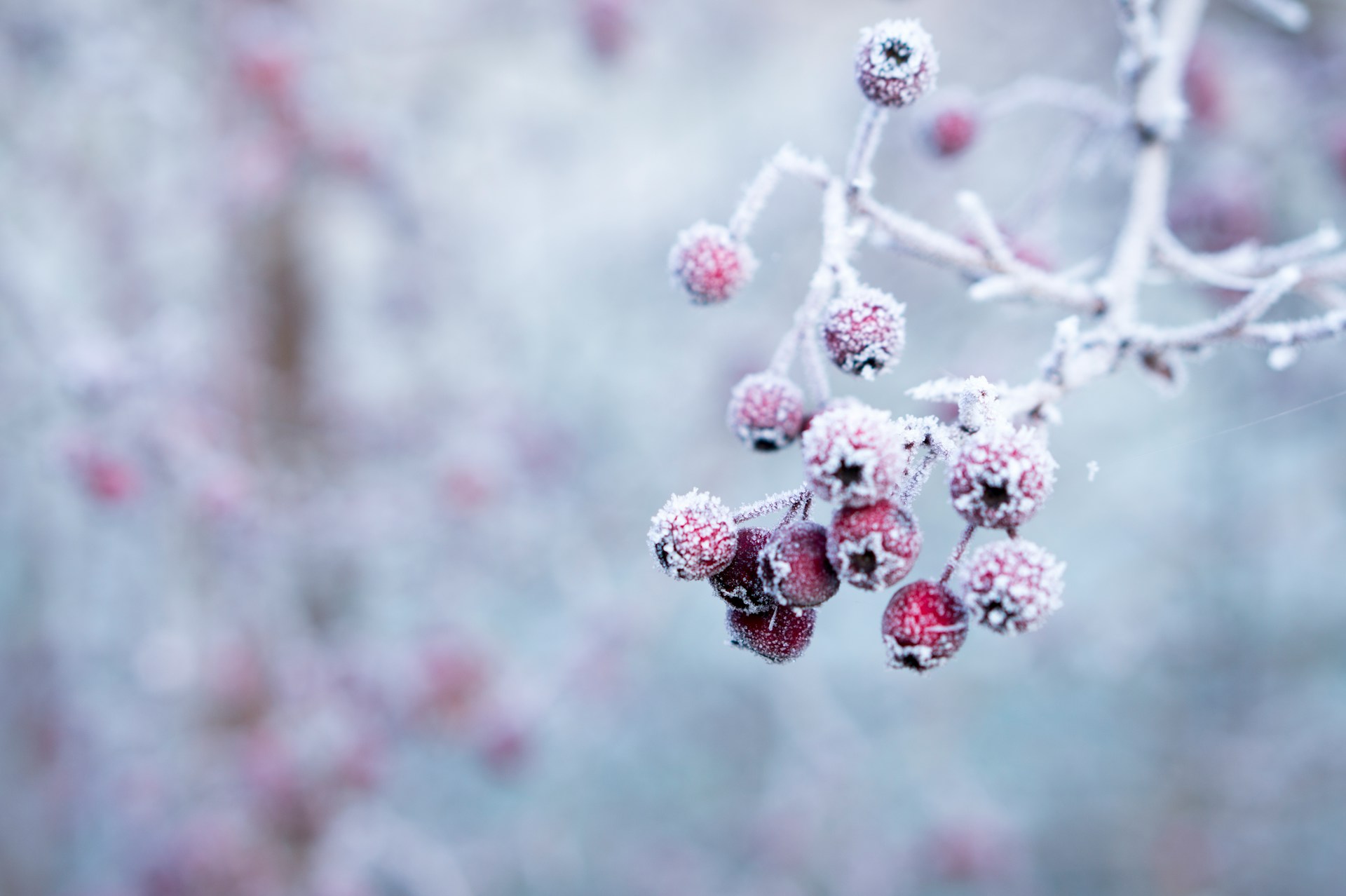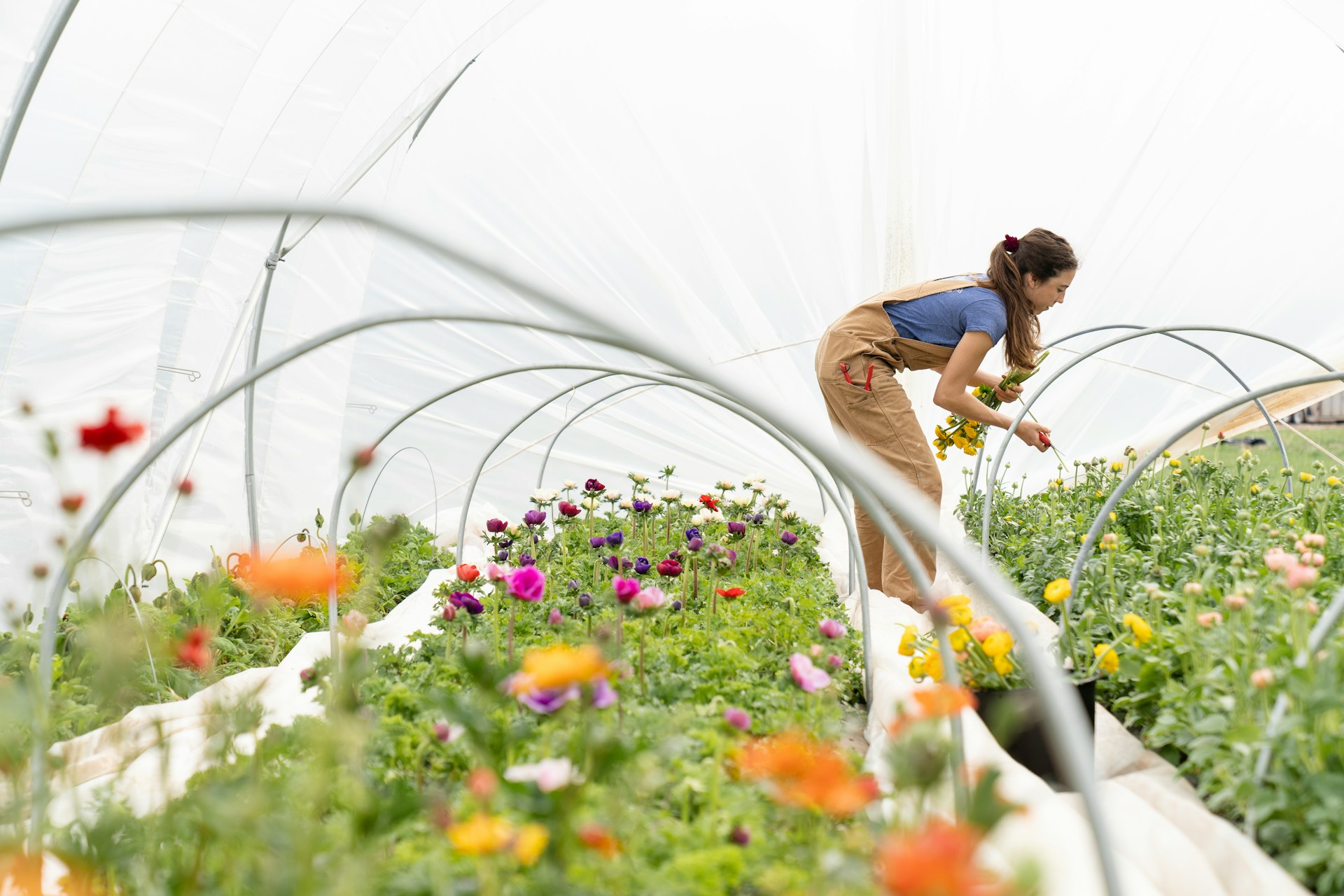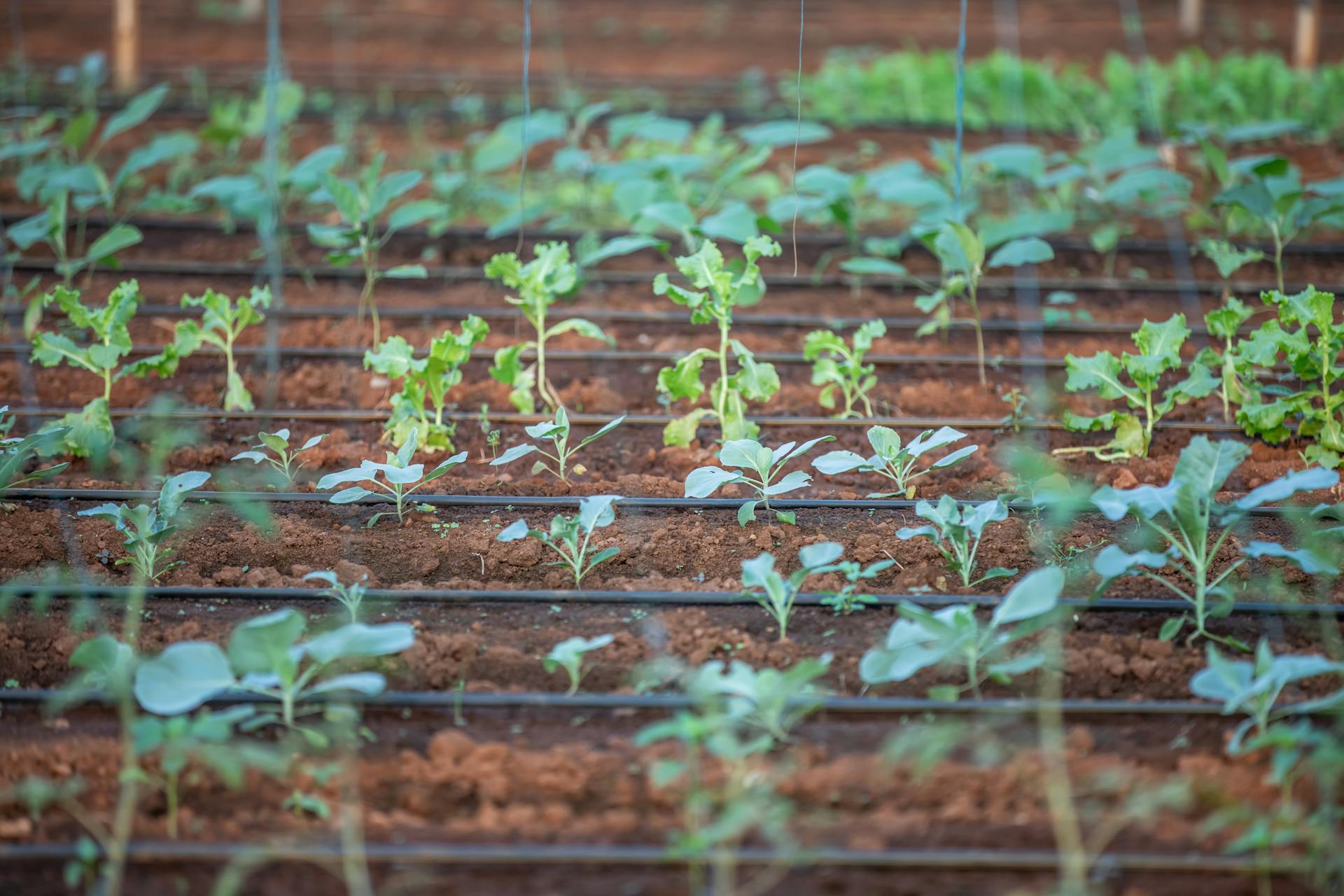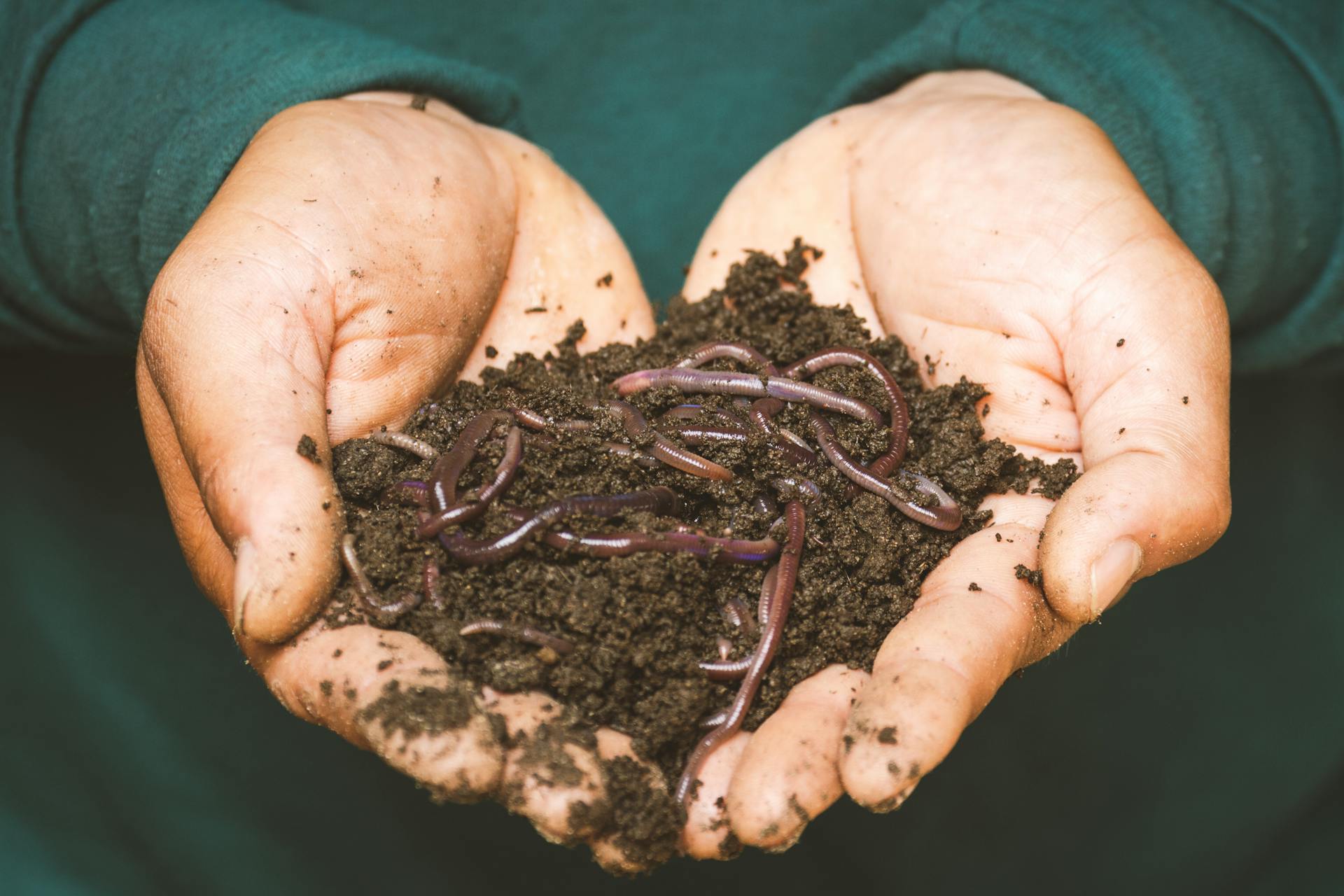Your raised garden bed soil isn’t “natural.” Instead, you’ve added your own potting mix, raised bed soil, compost and more into your bed. However, one issue that you may run into is drainage.
Perlite can help you improve your bed’s drainage by adding this little pebble-looking substance to your soil. If you don’t know how much perlite to add to raised beds, you can overdo it and cause too much drainage.
Maintaining a raised bed and getting it to grow fruits and veggies is a learning process.
Well, we’ll try and help you skip the trial-and-error a little while improving your raised bed’s drainage and soil structure.
What is Perlite?
Perlite is a small, white mineral that looks similar to styrofoam, but it’s:
- Created by rapidly cooling magma and is classified as amorphous volcanic glass
- A mineral that has a high water content
Is Perlite Organic?
No, but yes. For anything to be considered organic material, it must contain carbon. The material is inorganic, but it’s still natural. Perlite must go through an industrial process to turn the volcanic glass into the mineral that you see.
Without getting too technical, the volcanic glass must be heated at 1,832°F or 1,000°C until it “pops.” Imagine popping your popcorn in the microwave; this is akin to the process of making perlite.
No additives are added to the material, but it’s still not considered organic.
Perlite Grades and Sizes
Before we discuss how much perlite to add to your raised bed, it’s important to know what size and grades of perlite to buy. You’ll find that perlite is sold in grades #1 – #4.
Which grade is good for raised beds?
You’ll want to use grade #3 or #4, which are coarse perlite or super coarse perlite grades that are ideal for raised beds. We recommend grade #3 perlite unless your raised bed has:
- Very heavy soil
- High clay content
In the event that your soil is heavy and has a high clay content, you may want to give #4 a try, but it’s a large particle. Other, smaller grades are good for small potted plants and the like. Potting soil and many soil mix options already have perlite mixed in, making them an excellent choice for potted plants.
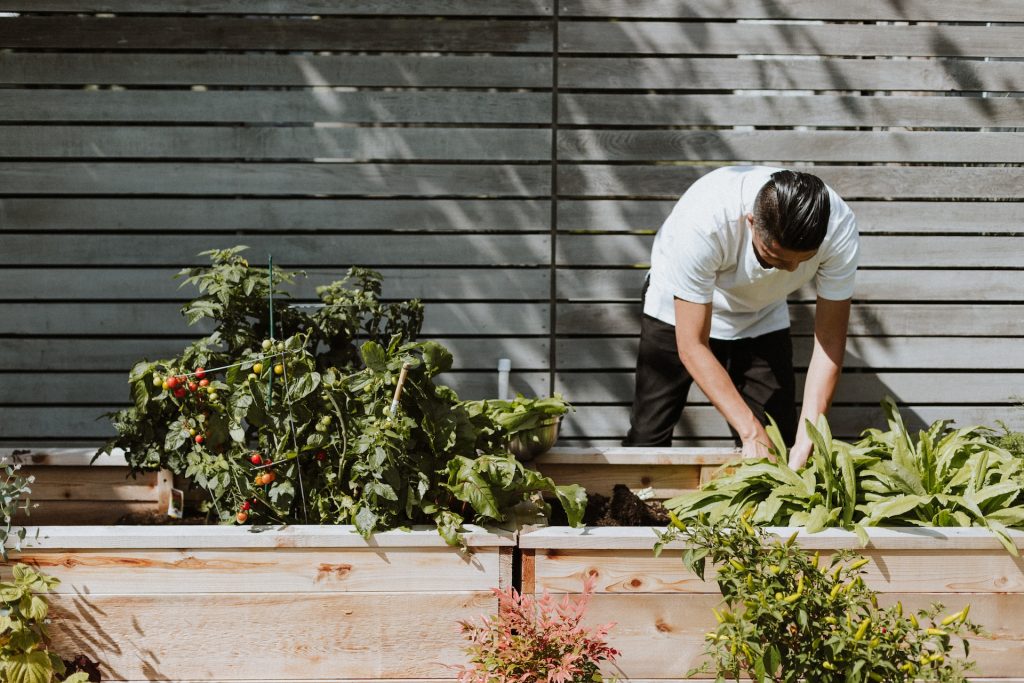
Why Add Perlite to Your Raised Garden Beds?
Adding perlite to your raised bed’s soil will help it do a few things:
- Add aeration to the soil
- Retain water
- Improve drainage
Since perlite is porous, it helps the soil both drain and retain water, which sounds ironic but works very well. Your soil will retain enough water for your plants while also preventing excess water, which is exactly what you want in your raised bed.
Otherwise, and this happened to me, if you don’t amend the soil to help it drain, the soil will become too compact. The high compaction rate will make it difficult for:
- Roots to break through the soil
- Absorb or drain water
Perlite is fantastic because it will hold three or four times its weight in water, which will benefit your plants’ roots. Now, since the mineral is porous, it will absorb and lose water. So, when it’s dry, the water will begin to seep out, and when it rains, the perlite will absorb the water and expand, helping push the compact soil in the process.
Adding just a small bit of perlite will allow you to have enough drainage to keep your plants nicely watered without drowning them. You’ll also find that perlite will prevent:
- Fungal disease
- Root rot
There may be some benefit in terms of nutrient storage in perlite, but it’s a minimal benefit, if any. With all this in mind, you’ll find that while perlite looks like a rock, it’s very light, non-toxic, and an excellent soil amendment for your raised bed.
But, you need to add just the right amount of perlite for it to benefit your raised beds.
How Much Perlite To Add To Raised Beds
We know how perlite can help your raised garden beds, but the tricky part is adding just the right mixture of it into your soil.
What Happens If I Add Too Much Perlite?
Adding in more perlite than necessary will cause you to have a very bad harvest. The material will cause the water to drain too fast, making your plants “thirsty.” Without water, you’ll find that your plants will begin to wither and die.
If you notice that the water is draining too quickly and that the soil is dry, you can:
- Remove some of the perlite (a massive pain)
- Add more soil, which is difficult in a raised garden bed
Instead, it’s better to be meticulous from the start and add the correct ratio of perlite to your soil to promote drainage and healthy soil structure.
Adding Perlite to Your Raised Bed the Right Way
Now, I know this doesn’t help, but I can’t tell you the exact ratio of perlite to add to your soil because it depends on:
- Depth of the bed
- Soil compaction and drainage
You can try your raised bed for a year to see how it performs without perlite, but you also risk a bad harvest.
A good, conservative recommendation is:
- 10% of the total volume of potting mix should be perlite
- 2” of perlite in clay soil to break it up per 6” – 12” of depth
You’ll also find many people that reserve their perlite only for their potted plants or when they’re growing seedlings.
I recommend adding 2” of perlite into a 4×8 raised bed that is 12” deep. You’ll want to till the bed deeply and adjust in subsequent years as necessary when amending the soil. If your soil has a high clay content, perlite will undoubtedly aid in soil drainage and prevent intense compaction, which is common.
You can also consider things like vermiculite, but that’s another debate.
Do You Need Perlite for a Raised Garden Bed?
Nope. If you have the right soil, it will drain properly and not need any amendments with perlite. However, if you do find that drainage is a problem, adding in perlite will undoubtedly help. I’ve also seen some people recommend as much as 30% perlite in their beds, but this would only be “considered” if the entire bed was filled with regular topsoil.
Otherwise, stick to 10% or less and then judge the soil’s drainage for yourself to see what adjustments you’ll need to make.
